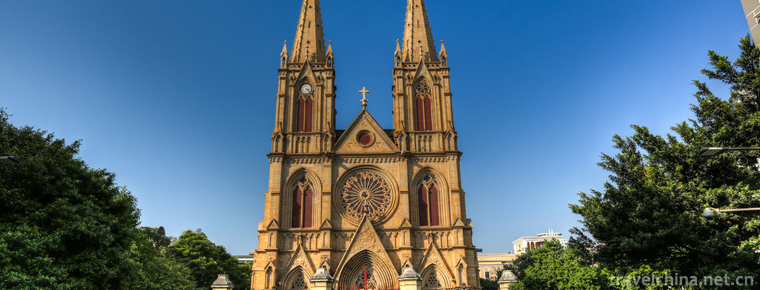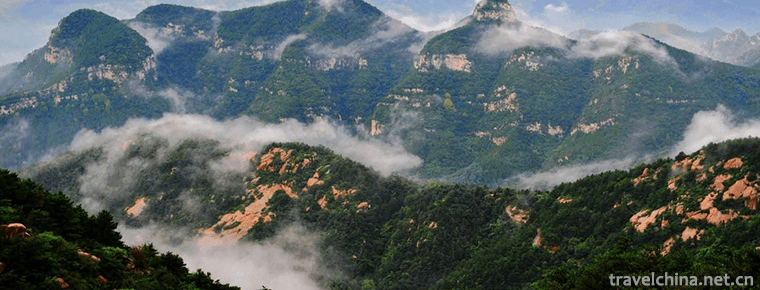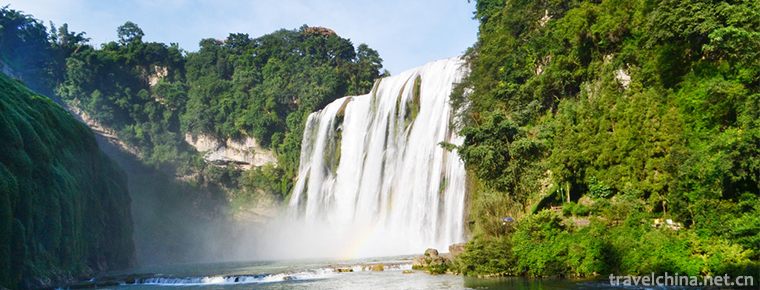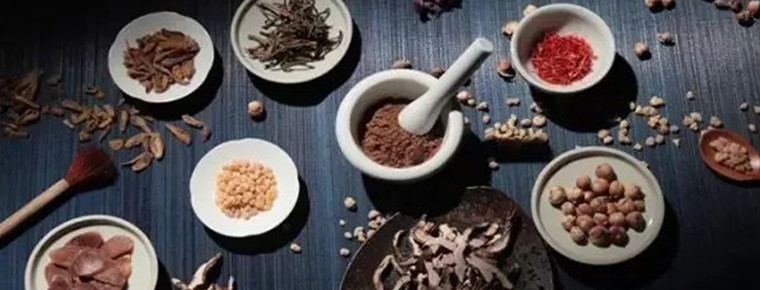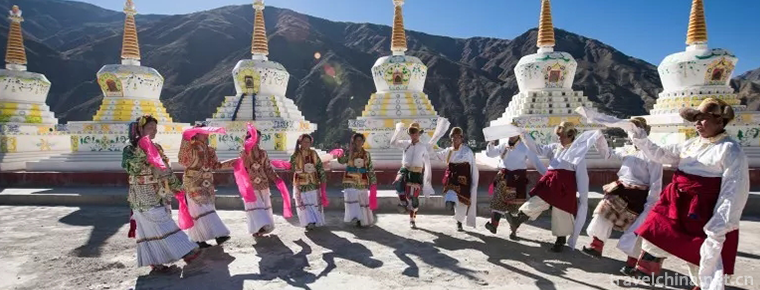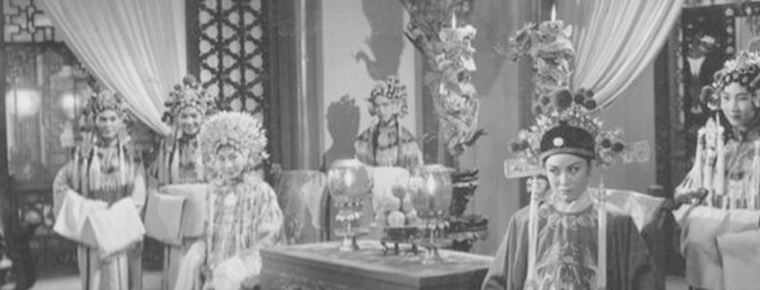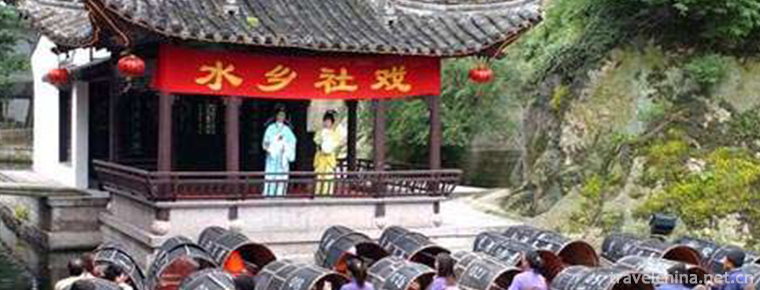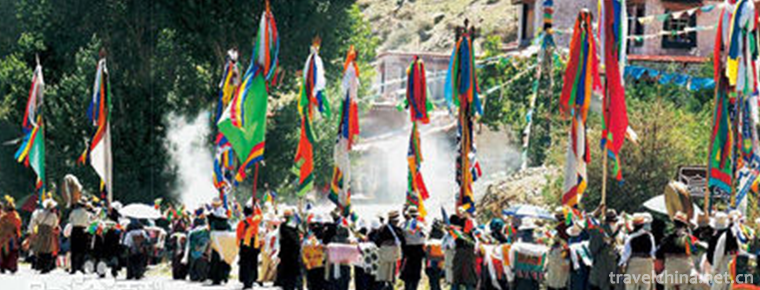Ailao Mountain
Ailao Mountain, located in the middle of Yunnan Province, China, extends south of Yunling Mountains. It is the boundary between Yunnan-Guizhou Plateau and Hengduan Mountains. It is also the watershed between Yuanjiang River and Amu River. Ailao Mountain is located in the Northwest - southeast, north of Chuxiong and south to Lvchun County, with a total length of 500 km. The highest peak of Ailao Mountain is at 3166 meters above sea level in the big rock peak in the town of pond town in Xinping County.
Ailao Mountain was formed in the Mesozoic Yanshanian movement period, to the Quaternary Himalayan movement period, large-scale uplift of the ground, river cutting sharply, forming a deep cut mountain landform. It is mainly composed of sand shale, limestone and various metamorphic rocks. The eastern part of the mountain is steeply cut along the fault zone, and the relative height difference is larger, while the west slope is more gentle.
Ailao Mountain is the boundary between the watershed of Yuanjiang River and Mojiang River, Yunnan-Guizhou Plateau and Hengduan Mountains. It is also the natural barrier of Yunnan-Guizhou Plateau climate and the South extension branch of Yunling Mountain. It originates in the south of Dali Prefecture and ends in the south of Honghe Prefecture. It is nearly 1000 kilometers long and generally over 2000 meters above sea level. There are 9 peaks above 3000 meters above sea level. The peak is 3166 meters.
Yuanyang terrace is located in the south of Ailao Mountain in Yuanyang County, Yunnan Province. It is a masterpiece left by Hani people from generation to generation. The terraced fields reclaimed by the Hani people in Yuanyang vary with the topography of the mountains, and the gentle slopes are large enough to reclaim the fields, the steep slopes are small enough to reclaim the small ones, and even the rocky crevices beneath the ditches are small enough to reclaim the terraced fields. Yuanyang terrace is a large-scale and magnificent terrace, which extends across the Honghe River, Yuanyang, Lvchun and Jinping Miao Yao and Dai Autonomous County. There are 170,000 Mu terraces in Yuanyang County alone, and it is the core area of the Hani terrace on the Red River. Yuanyang County is full of mountains, all terraces are built on the hillside, terraces gradient between 15 degrees to 75 degrees. In terms of a hillside, the highest level of terraced fields is 3000, which is rare in the landscape of Chinese and foreign terraces. Yuanyang Hani terrace mainly has three major scenic spots: Bada scenic spot including Qingkou, Quanfuzhuang, Ma Lizhai, Zhulu and other terraces of more than 14,000 acres, Laohuzui scenic spot including Mengpin, Dongpu, Mengzhong, Baoshanzhai and other nearly 6,000 acres of terraces, and many Yishu scenic spots including Doyishu, Aichun, Dawazhao terraces of more than 10,000 acres. So many terraces, in the vast forest, covered by the sea of clouds, constitute a magical magnificent landscape. These scenic spots are the core protected areas that are ready to declare the world heritage.
The main climatic functions of Ailao Mountain lie in: weak cold air is blocked by mountain body in winter, strong cold air has become the end of strong crossing after overturning the mountain body; the southwest warm and humid air flow is blocked by mountain body when it enters eastward, forming more precipitation in the West and south of Ailao Mountain than in the east, the temperature is higher than that in the east of the same latitude and elevation, and the winter cold wave enters. The number of times of invasion is also less than that of the East. Because of the large difference of mountain height, the climate distribution is obvious vertically. From the foot of the mountain to the top of the mountain, the climate is subtropical, middle subtropical, North subtropical, warm temperate, temperate and cold temperate. The unique mountain climate makes the vegetation have an obvious vertical distribution. The vertical distribution of the southwest slope begins from the Amu River valley: 1 100-1 800 meters above sea level is the Pu'er pine forest and monsoon evergreen broad-leaved forest belt, 1 800-2 200 meters is the Yunnan pine forest and semi-humid evergreen broad-leaved forest belt, 2 200-2 800 meters is the middle mountain wet evergreen broad-leaved forest belt, and 2 800 meters above the mountain top evergreen broad-leaved dwarf forest and shrub belt. The vertical series of vegetation on the northeast slope starts from the Yuanjiang River valley: 500-1000 meters above sea level is the Dry-hot Valley vegetation belt, 1000-2400 meters is the Yunnan pine forest and semi-humid evergreen broad-leaved forest belt, 2300-2900 meters is the middle mountain wet evergreen broad-leaved forest, and more than 2900 meters is the mountain top evergreen broad-leaved dwarf forest and shrub belt.
Ailao Mountain is the most complete area of biodiversity and the same type of plant communities in the world at the same latitude. There are 1 016 species of higher plants headed by the so-called plant living fossil Thoreau, including 15 species of national first-class protected plants Bole (Calyx bellifera), national second-class protected plants Aqua, Ginkgo biloba, Cycas castor teeth, Safflower manglietia, and many provincial-level protected plant species. It is known as an "Emerald" embedded in the crown of the plant kingdom.
Mount Ailao spans the tropics and subtropics, forming a "corridor" for animal migration from north to South and a "gene pool" for biological species. There are many rare birds and exotic animals living in Ailao Mountains. The first-class protected animals are Bengal tiger, green peacock, black gibbon, clouded leopard, Python and so on. In addition, there are a large number of birds and rare animals, such as Acacia, Solar Bird, King Cobra, Black Bear, and strange geological, atmospheric and hydrological landscape. Ailaoshan Nature Reserve was designated as a National Nature Reserve in 1988. It is located in the ridge of the northern and middle Ailaoshan Mountains. It is situated between 24 00 24 44 north latitude and 100 54 101 29 East longitude. It is 5 km wide, 102 km long, and covers an area of 820,000 mu. The area of wet evergreen broad-leaved forest in Zhongshan, which accounts for 66.3% of the protected area, is a rare wet evergreen broad-leaved forest area in Yunnan and even in China. Ailaoshan Nature Reserve is located in Chuxiong, Shuangbai, Jingdong, Zhenyuan and Xinping counties of Yunnan Province. It has 175,000 mu in Jingdong County of Puer City and 135,000 mu in Zhenyuan County of Puer City. In order to protect the Zhongshan subtropical moist evergreen broad-leaved forest ecosystem and black gibbons, green peacocks and other rare wild animal for the purpose of gray langur.
Ailao Mountain is rich in tourism resources. In Xinping County, Huayao Dai Town, there is Ailao Mountain National Nature Reserve on the back hill of Ailao Town in Cangsha. There are Nan'en Falls in Ailao Mountain National Nature Reserve, Shimenxia, Chama Old Road, Jinshan Primitive Forest and Tusi Fu (listed as "National Cultural Relics Protection Unit" in 2014). And other scenic spots.
Scenery
Ailaoshan main attractions Nanen Falls, Shimenxia, Chama Road, Jinshan Primitive Forest, Tusi Fu, the main peak Damoyan Peak, altitude 3166 meters. The natural landscape of Da Xue Pan Shan and the international migratory bird protection area, such as the tiwshan mountain, the big (small) cap mountain, and so on. There are two dams in the nature reserve and the artificial reservoirs in Xujiaba. The Xu Jiaba reservoir is full of wooded scenery, beautiful scenery and cool climate. Among them, Yunnan hemlock is more famous, its height is about 25-35 meters, and its diameter is 25-45 centimeters thick. All kinds of pteridophytes and moss trees are covered with pendant trees. At dusk and dusk, apes roar and birds sing, moose and elk drink at the water's edge, like a map of mountains, rivers, birds and beasts. It is an excellent base for human beings to study ecology, biology, soil, climate, hydrology, geography and other excellent places for tourism and summer vacation.
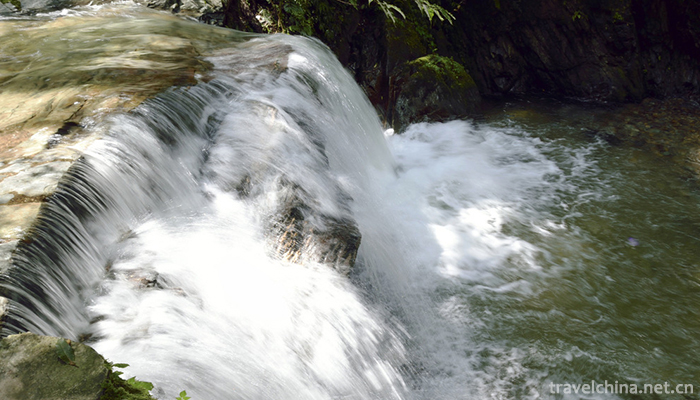

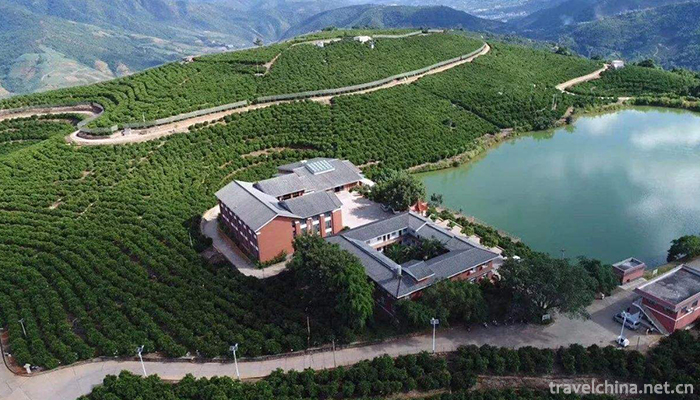
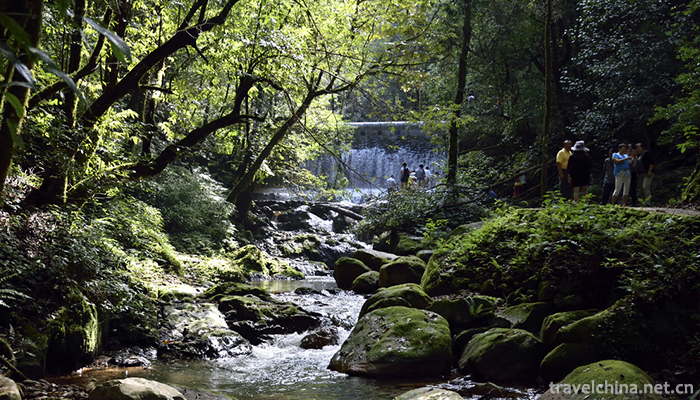
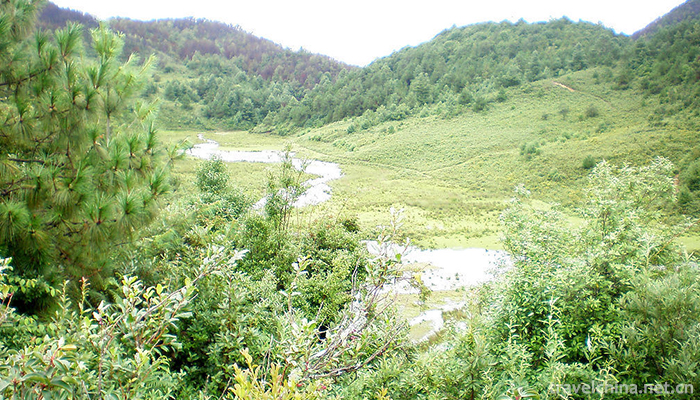
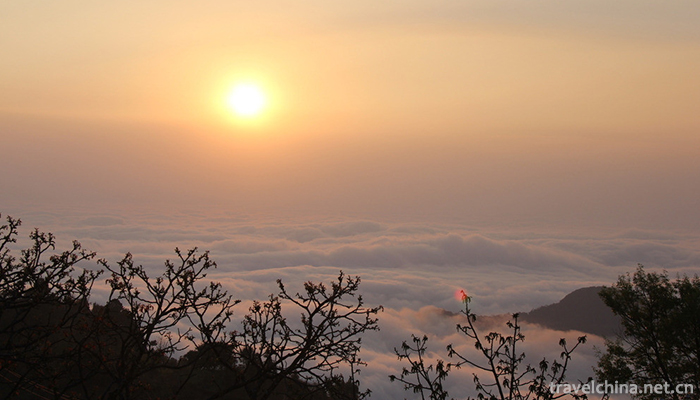

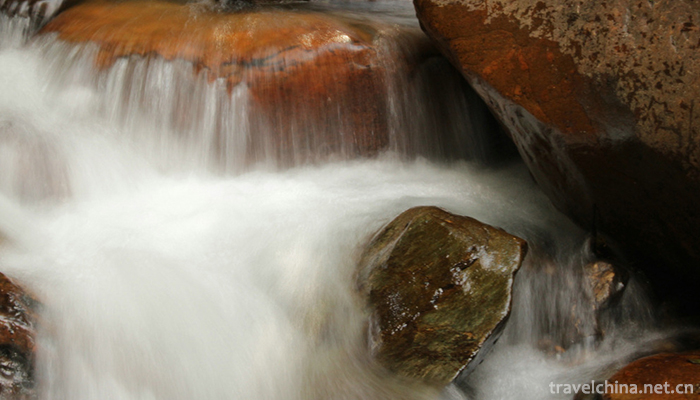
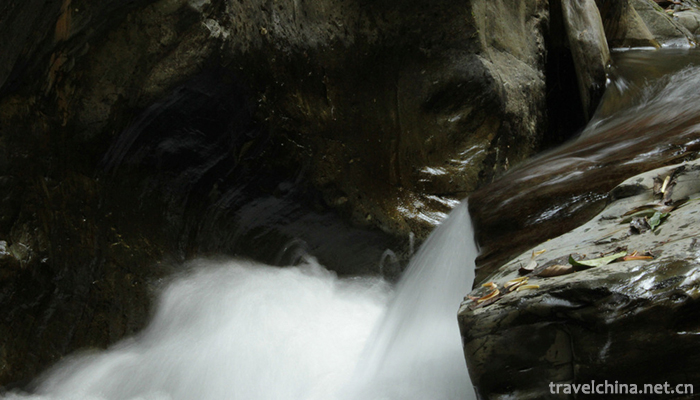
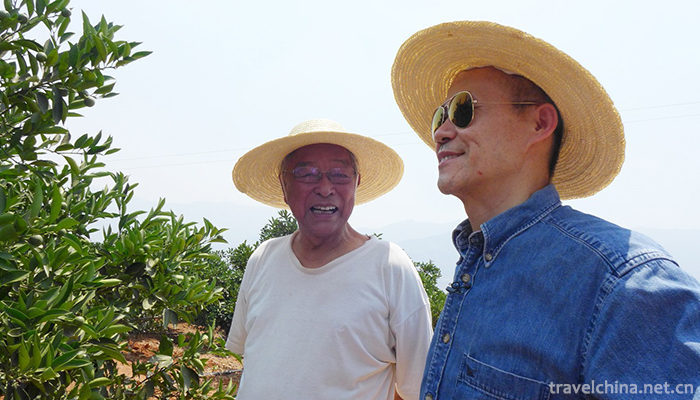
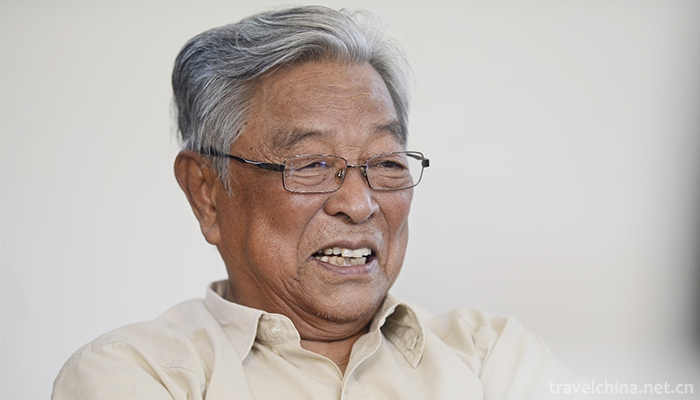

Ailao Mountain
-
Shishi Sacred Heart Cathedral
Guangzhou Shishi Sacred Heart Cathedral is located in Yide Road
Views: 176 Time 2018-10-12 -
Yimeng Mountain Range
Yimeng Mountain Tourist Area is a cross-regional tourism area consisting of the geographical coordinates of Mengshan and Yishan Mountains according to the local tourism department of Shandong Province
Views: 138 Time 2018-12-08 -
Huangguoshu Waterfalls Scenic Area
Huangguoshu Scenic Spot is a key national scenic spot, located in southwest Guizhou Province, 128 kilometers away from Guiyang City, the capital of Guizhou Province
Views: 217 Time 2018-12-12 -
Traditional fragrance making techniques
Fragrance, originated from herbs, not only fragrance overflowing nose, but also eliminating pollution, curing illness, recuperating body and mind, in a relaxed and happy heart, helping people calm dow
Views: 143 Time 2019-04-21 -
De rong xue qiang
Derong Xueqiang is a folk dance popular in Waka Township, Derong County, Ganzi Prefecture. Its movements are strong, simple and generous, its next steps are strong and its feet are crisp
Views: 219 Time 2019-04-26 -
Huangmei Opera
Huangmei Opera, formerly known as Huangmei Diao and Tea Picking Opera, originated from Huangmei Opera in Hubei Province and grew stronger than Anqing Opera in Anhui Province.
Views: 168 Time 2019-05-04 -
Longkou Fans Traditional Handicraft Production Techniques
In the late Ming and early Qing Dynasties, Zhaoyuan people created a new technique of making mungbean vermicelli, which was divided into three manual operation processes: powder pushing, powder leakin
Views: 264 Time 2019-05-14 -
Nanxian Flower Drum
On May 20, 2006, the local flower drum of Nanxian County was listed in the first batch of national intangible cultural heritage list with the approval of the State Council.
Views: 130 Time 2019-06-07 -
Ningbo Zhujin lacquer wood carving
Also known as "Golden Lacquer Wood Carving", it is a traditional Chinese craft. Composition features mainly draw on the advantages of Chinese folk paintings and literati landscape flowers an
Views: 175 Time 2019-06-08 -
Xiamen lacquer line carving skills
Xiamen lacquer line carving technique is to use old brick powder, large paint and cooked tung oil as raw materials to mix, repeatedly beat into soft and resilient clay (commonly known as "lacquer
Views: 103 Time 2019-06-12 -
Shuixiang Opera
Shuixiang opera is a traditional folk cultural activity in Shaoxing, Zhejiang Province. Waterfront theatres are mostly built on rivers in front of temples such as land temples, so they are called &quo
Views: 189 Time 2019-06-16 -
Wang Guo Festival
Wangguo Festival is a festival for Tibetan farmers to celebrate a bumper harvest. It is popular in Lhasa, Shigaze, Shannan and other places in Tibet Autonomous Region. The time is between July and Aug
Views: 164 Time 2019-06-26
